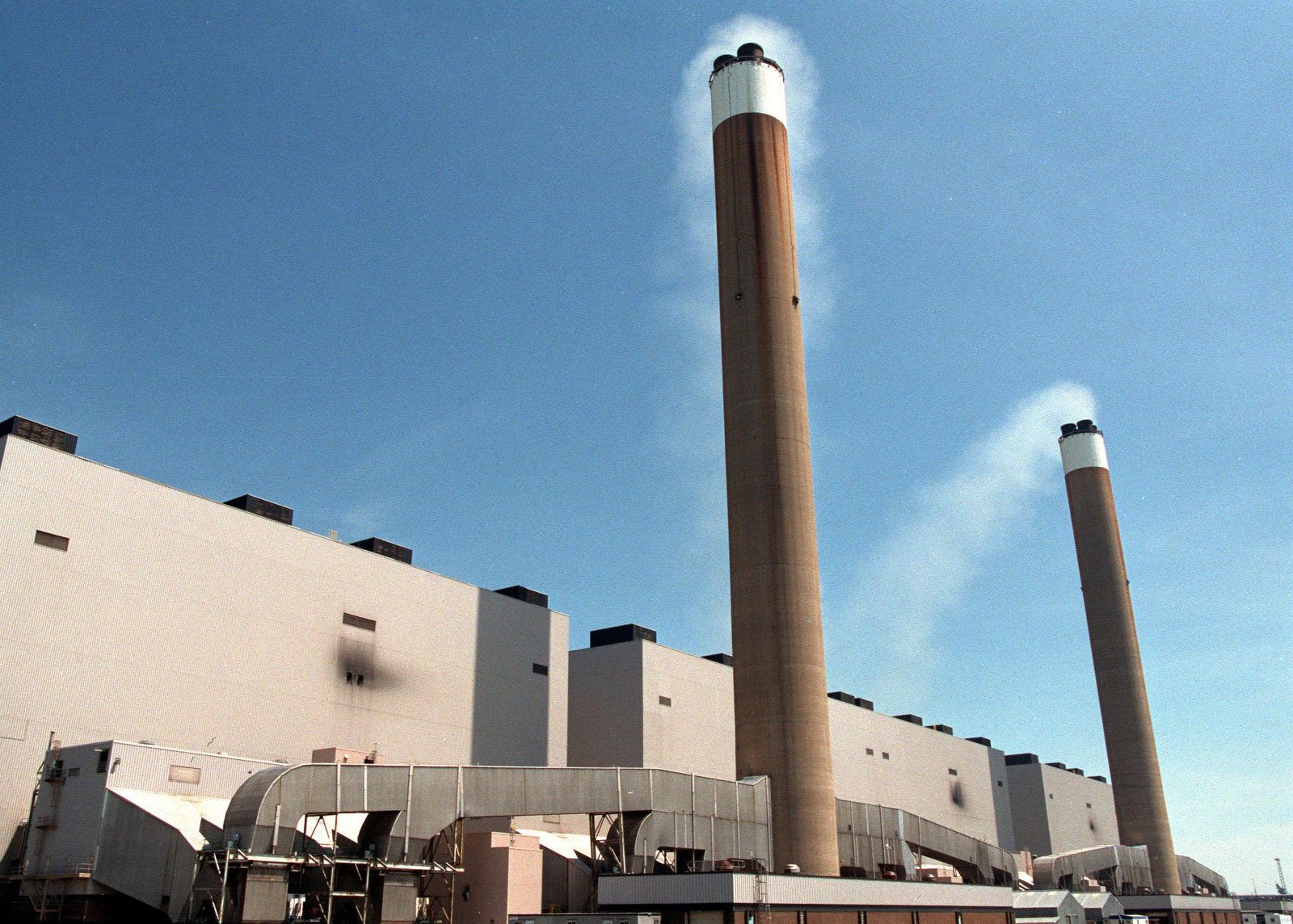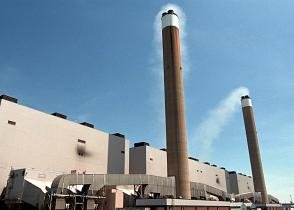Most airborne mercury pollution in Canada comes from China: Report
The Department of Environment did not identify China by name, but said in a new report that mills and factories in East Asia are at the root of most airborne mercury pollution in Canada, according to Blacklock’s Reporter.
“It is difficult to distinguish between mercury from foreign and domestic sources because mercury can be transported long distances on wind currents,†read the report, called An Evaluation Of The Effectiveness Of Risk Management Measures For Mercury. The report estimated mercury fallout averaged 40 tons a year with “approximately 37% from East Asia.â€
Chinese mills, mines and factories were outed as the cause of high mercury deposits at remote Canadian lakes and mountains.
“Ninety-seven percent of mercury deposited in Canada as a result of human activities originates outside the country,†read the report. Nine percent was from Southeast Asia, 7% from Europe and 4% from the United States, according to Blacklock’s.
Some of the high mercury deposits were found at Whistler Mountain, B.C. and Little Fox Lake, Yukon. “These observations have been attributed to mercury emissions from sources in Asia,†said the report.
“Mercury, unlike other metals, easily evaporates. Once mercury is released into the air, it can remain there for six months to a year where it is carried long distances and deposited across Canada including in the Arctic.â€
Imports of mercury have been banned in Canada since 2015 and airborne mercury emissions in the country fell 85% between 1990-2010, due mostly to the closure of a Hudson Bay Mining & Smelting plant in Flin Flon, Man.
“The majority of mercury from human activities that is deposited in Canada comes from emissions in other countries,†said the report.
Mercury continues to “pose significant risks to Canada’s environment and the health of Canadians,†it said.
Comments
There are 0 comments on this post








